
Carbono Neutro Idesam incentiva atividades econômicas paralelas na RDS do Uatumã
The economic benefits were key for locals to rethink their opinion on Agroforestry Systems.
By Henrique Saunier
Translated by Felipe Sá
Photo: Idesam
Edited by Samuel Simões
When Idesam began its work in the Uatumã Sustainable Development Reserve (RDS, in Portuguese) back in 2008, around 300 families from the 20 communities spread throughout the Reserve had an economic system based on agricultural production with forest felling and burning. With the Carbon Neutral Program (PCN, in Portuguese), Idesam has been helping to foster, among local families, a more sustainable and lower carbon-emitting agriculture. In addition to that: this new relationship between them and the forest has led to the development of parallel economies inside the Reserve, such as tourism and the production of seedlings, fruits and oils.
Jatapu and Caribi are examples of communities based mainly on agroextractivism – more specifically subsistence farming, fishing, and forest extractivism. Agriculture is the most profitable productive activity of these communities, with particular emphasis on subsistence.
However, with the results from the Agroforestry Systems (SAFs, in Portuguese) that were implemented, other activities became more targeted, generating income and new opportunities. Community-based tourism and educational visits to the seedling nurseries are some of the activities indirectly boosted by Carbon Neutral Program’s actions.
Jefferson Araújo, agriculture expert from PCN, closely follows this evolution and celebrates some of the achievements already noticed in the life of those who live in the communities, as purchase power increase and a higher perception of activities that can generate income without harming the environment. The pride of the locals in showing their new way of cultivating even overcame the fear of the ‘evil-eye’. At least three people already financially explore tourism in their SAFs.
“Ecological tourism almost started automatically with these people”, highlights Jefferson, mentioning the example of Ourimar Sicsú who, alone, elaborated a visiting guide to his community.
“I can even notice a sparkle in the eye of some locals, because they realize that there is a sustainable way to preserve the Amazon. I see this as a great potential to be explored. With time, we saw that they understood by themselves the potential for tourism and for the production of better quality seedlings”, the expert emphasizes.
During the activities, tourists can take part in the forest seedlings planting, all with the guidance of community members, who periodically also welcome schools and universities from different regions of the country.
Seedling nurseries
When the Carbon Neutral Program was created in 2010 it faced a challenge: no one produced or sold seedlings inside the Reserve; the solution was to buy them from another municipality and then take them to the planting sites, crossing roads and rivers.
The situation nowadays is quite different, four community nurseries are now installed inside the Reserve and they can overcome the entire demand from Carbon Neutral Program – which also grew through the years and will plant 20,000 units in 2019.
Seedlings production became an additional source of income. And not only for the families that invested in the nurseries, since they hire other community members to help in the production, creating more jobs.
Oils
Linked to their traditional knowledge, the communities need to comply with rules for the multiple use of different non-timber forest products in the Uatumã RDS, such as branches, leaves, fruits, seeds, vines and trunk exudates, such as Copaíba. In the region today, at least five communities work extracting and trading Andiroba, besides five families that work with Copaíba, which has great potential all over the Reserve.
Community members have always had the commercialization of non-timber products as part of their lives, and the production of Andiroba usually meets their own demand, from inside the Reserve. Copaíba, on the other hand, leaves the Reserve, since it is sold to companies from Manaus.
The oils get to cost between BRL 30.00 and BRL 40.00 a liter, and they also share the space in the local market with the pitch (breu, in Portuguese), which found consumers in Itapiranga.
Results engage new families
The economic benefits were key for locals to rethink their opinion on Agroforestry Systems.
Araújo tells that, at first, it was difficult to get good quality seedlings and there wasn’t high cultural acceptance of the people in planting the SAFs. But now, in the last expedition Idesam made to the Reserve in July, at least 20 families were interested in implementing the system.
This increased interest may have been fueled by the fact that residents were able to see the results from the SAFs in a practical way. To have a better ideia, one of the community members, Aldemir Queiroz, in parallel with PCN could close a deal to start selling camu-camu, which production yielded three tons last year.
“The plantings’ workforce is entirely from the Reserve, no one is brought from outside. This ends up giving them more autonomy, increasing their purchase power, the possibility of buying a product, what greatly drives the local commerce”, highlights Jefferson Araújo.
Resident since 1979, Claudomiro Gomes, who is also known as Cacá, acts as an environmental agent educator and maintains an area where he cultivates Andiroba, Açaí, Cacau, Banana and chestnuts. Beyond the positive results of the community SAF, Cacá also celebrates the economic benefits brought by a lodge located in his community and he reinforces the importance of the youth participation.
“We work hard on this issue with young people and we noticed their interest in implementing a SAF. We need the young, because they are the future and will soon be responsible of taking care of it all”, adds Cacá.
According to Idesam’s Technical Director, Carlos Koury, the Carbon Neutral Program was thought to bring positive impacts in addition to the recovery and protection of the forests, aiming to implement a new economy in the community, from Idesam’s and other institutions’ carbon offsettings.
For Koury, the results surpass the direct beneficiaries where agroforestry systems are implemented, since they reach other community members with different activities such as seed collection, seedlings production, provision of services and logistics and also later with the production and selling of agroextractivist products from the SAFs.
“With time, we notice a growing interest of people from the region in being part of Carbon Neutral. Those who are already part of the Program, show a new attitude of greater reflection on the plantings, their conduction and results. The more people wanting to offset their emissions, the more families will be able to join Carbon Neutral ”, says Koury.
Sport fishing
Beyond community-based and ecological/scientific tourism, which are under construction in the Reserve, sport fishing is another activity that is better structured in the RDS. It is already a traditional practice, and has been reinforced with greater community organization and support from Idesam in establishing the rules for the use of the Reserve for this purpose.
Among the rules that were developed with community members are: the prohibition of transporting fish out of the RDS’ limits and the respect for the period defined for the practice – which is from August to January.
João Paulo Nobre is one of those who bet on the segment. In addition to the rooms, he offers all the structure required for fishing, such as a boat pilot, tourist guides, tours, meals and transfer to Uatumã Ecofishing Lodge.
Nobre has over fourteen years of experience in regional tourism, but it was only four years ago when he decided to embrace the potentials the Reserve has to offer in a business of his own. The entrepreneur believes that the work that is carried out by non-governmental organizations like Idesam and FAS bring countless indirect benefits to the communities, where currently nine lodges are run and other four are being built.
“I could see that many of those who participated in the tourist guides and chambermaids workshops are already employed. We wouldn’t be at this stage if it wasn’t for the support these institutions give. All this helps developing the local economy, increasing the purchase power of the riverside people”, Nobre says.
Around 90% of the lodge’s clients are from the Southeast and Center-West regions, who come mainly during fishing season. “We even thought of a spa project here in the Reserve. We need to find out more attractive activities to bring the tourist all year-round”, the entrepreneur says.

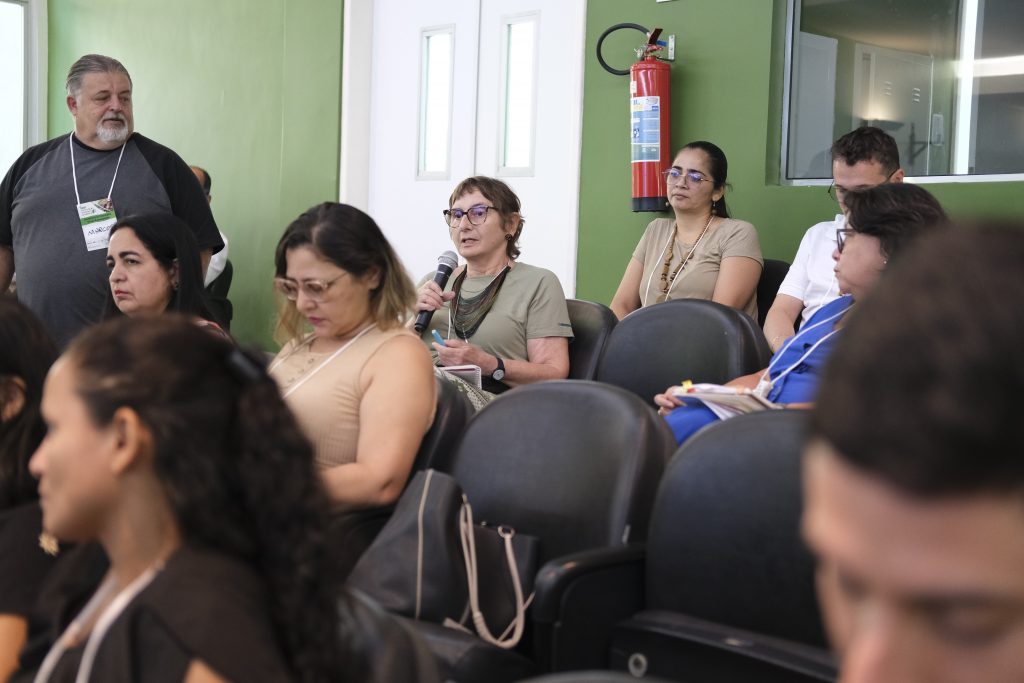
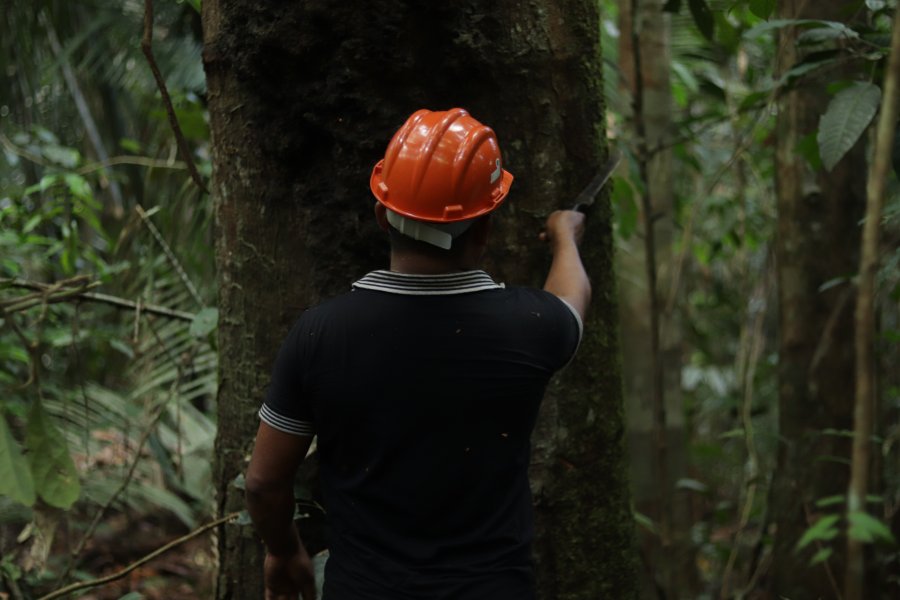
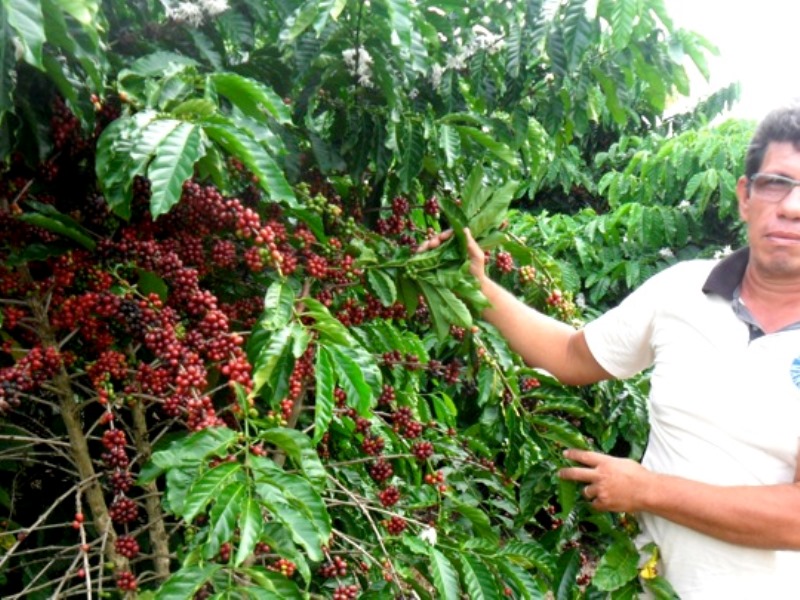
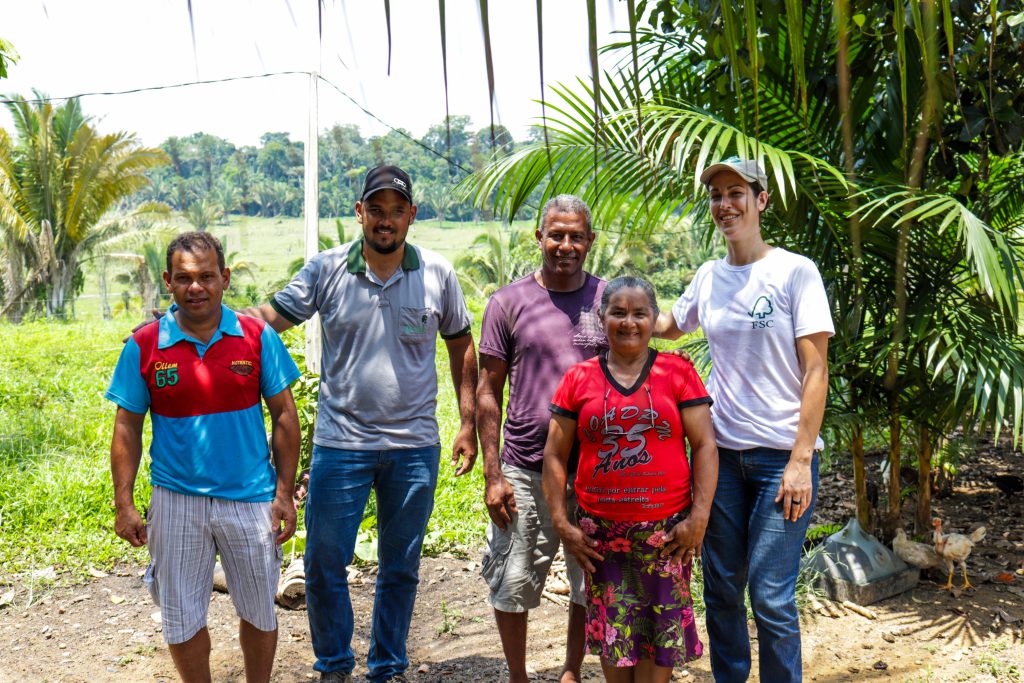
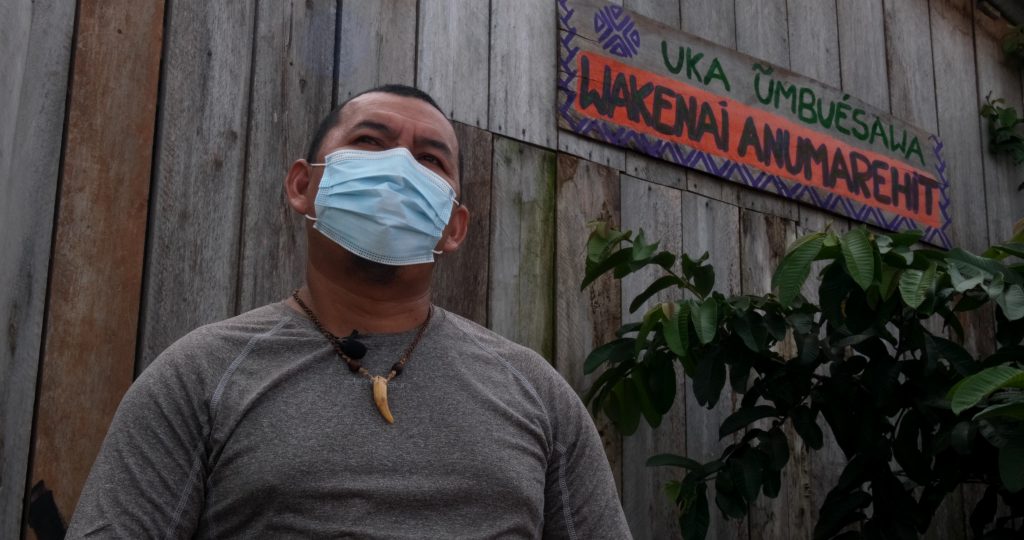
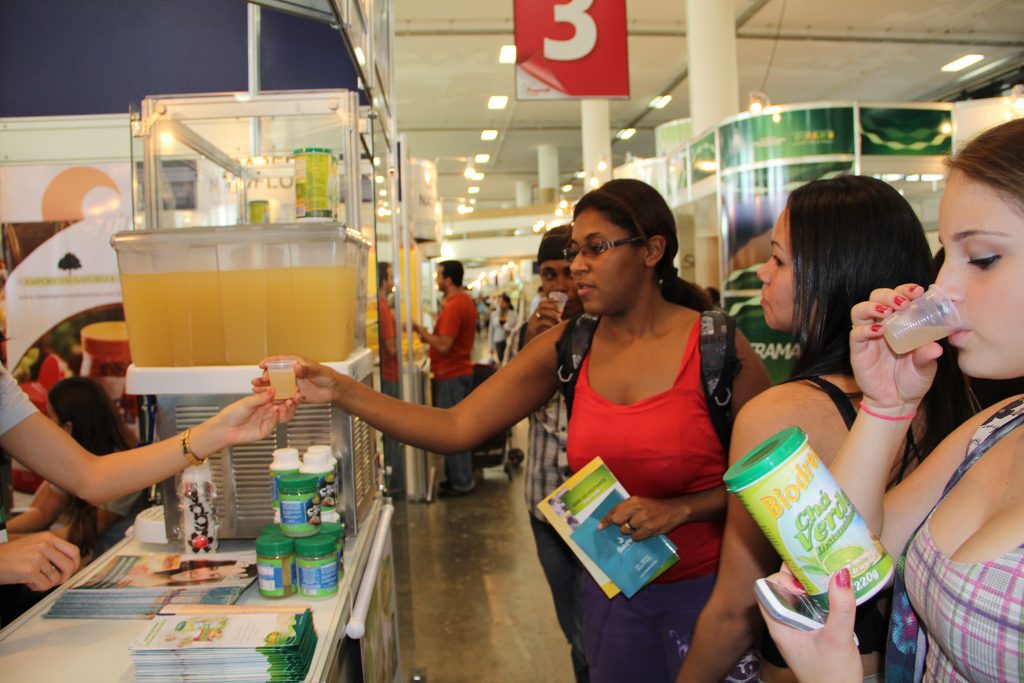

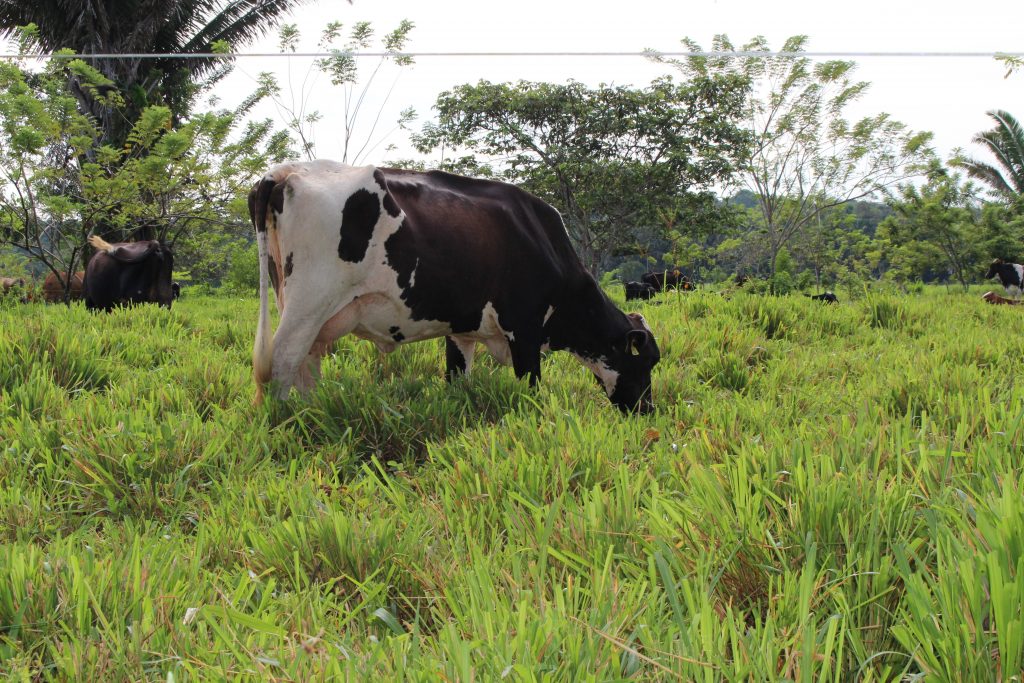
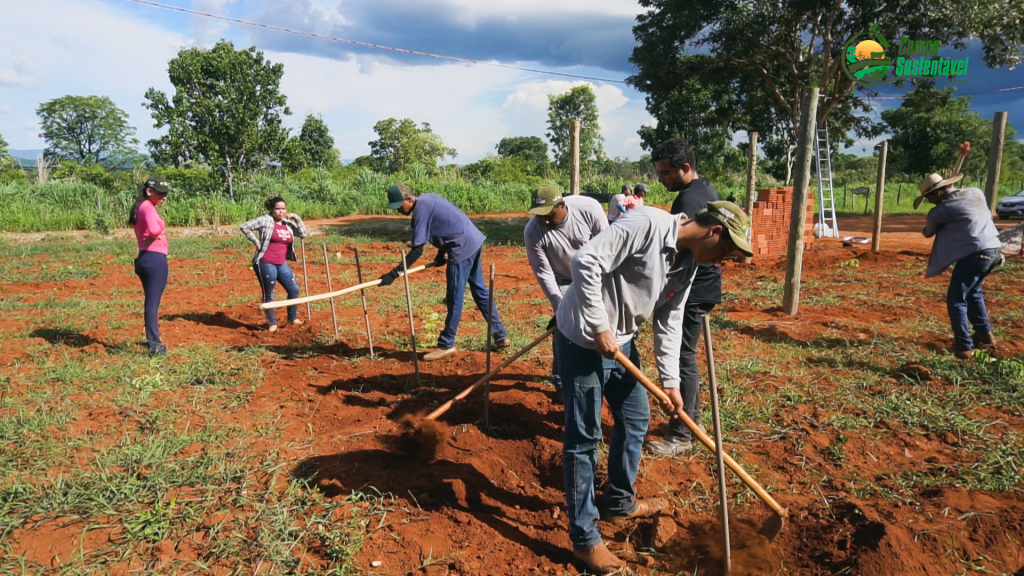
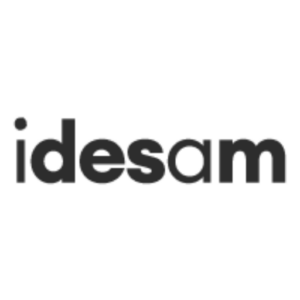
Leave a Reply